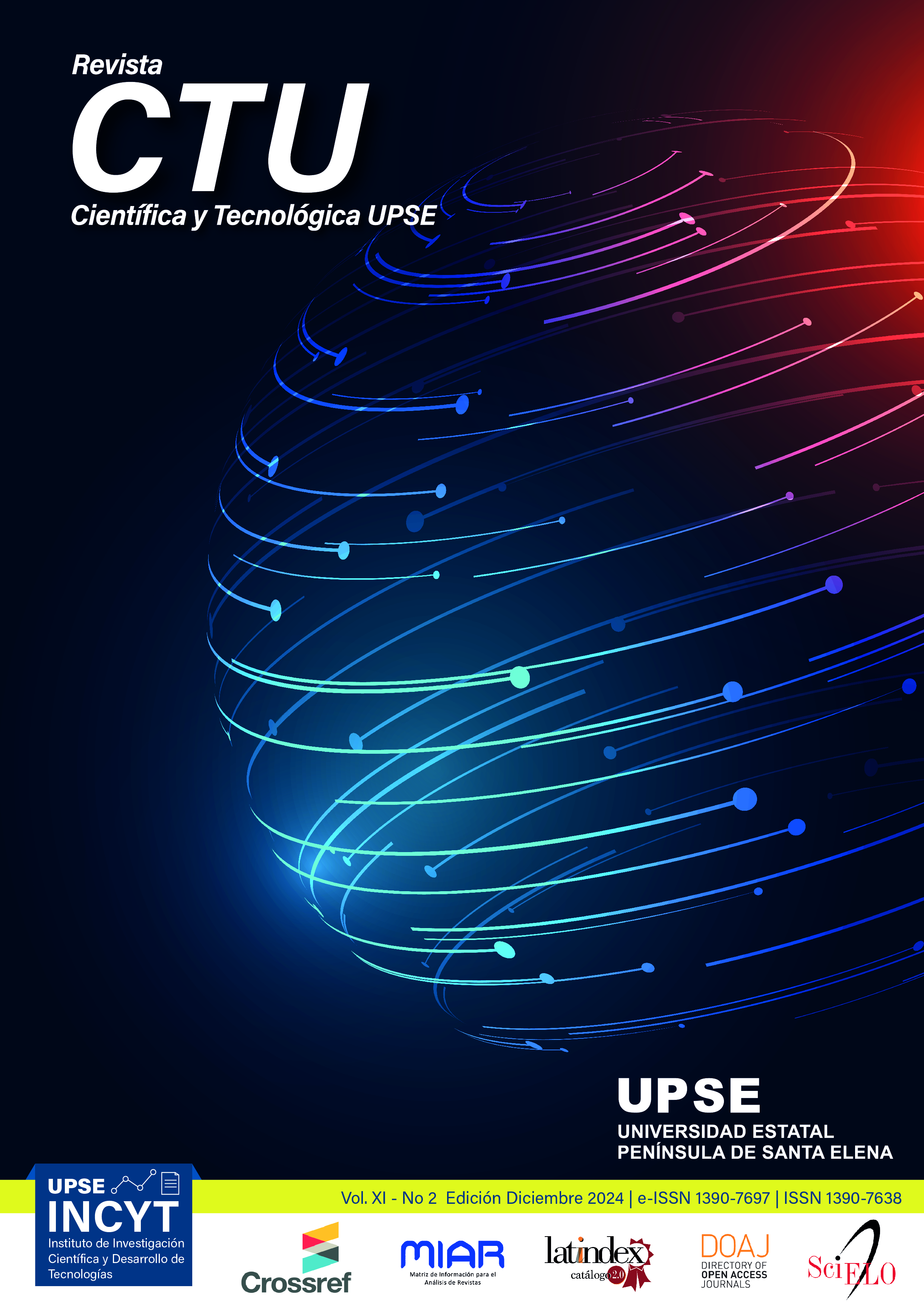Bioprospección de bacterias presentes en sedimento de una laguna camaronera, Humedal La Segua
DOI:
https://doi.org/10.26423/rctu.v11i2.812Palabras clave:
microbiota, materia, orgánica, bacterias, perfil taxonómicoResumen
La producción del camarón genera residuos sedimentables que contiene materia orgánica (MO) y afecta al cultivo por la presencia de agentes patógenos. El objetivo del estudio fue identificar la diversidad de bacterias en el sedimento de una piscina camaronera del Humedal la Segua, cantón Chone-Manabí, describiendo el proceso productivo del camarón, análisis de las características fisicoquímicas del sedimento tomadas en cinco puntos de la piscina camaronera y el reconocimiento del microbiota bacteriano mediante el análisis del perfil taxonómico de la región 16S por secuenciación de alto rendimiento. Los resultados demostraron que la producción del camarón en el Humedal La Segua, no cuenta con gestión ambiental pertinente. El contenido de MO es alto (15-21%), así como el carbono orgánico (3,25%), fósforo (3,40 mg/g) y nitrógeno total (0,37%) en relación con los valores de criterios considerados. Se registraron 13 grupos de bacterias, destacando el supergrupo de bacterias no cultivadas (73,24%), Terrabacteria (7%) y Pseudomonadota (7%).
Descargas
Publicado
Número
Sección
Licencia
El titular de los derechos de autor de la obra, otorga derechos de uso a los lectores mediante la licencia Creative Commons Atribución-NoComercial-CompartirIgual 4.0 Internacional. Esto permite el acceso gratuito inmediato a la obra y permite a cualquier usuario leer, descargar, copiar, distribuir, imprimir, buscar o vincular a los textos completos de los artículos, rastrearlos para su indexación, pasarlos como datos al software o usarlos para cualquier otro propósito legal.
Cuando la obra es aprobada y aceptada para su publicación, los autores conservan los derechos de autor sin restricciones, cediendo únicamente los derechos de reproducción, distribución para su explotación en formato de papel, así como en cualquier otro soporte magnético, óptico y digital.












